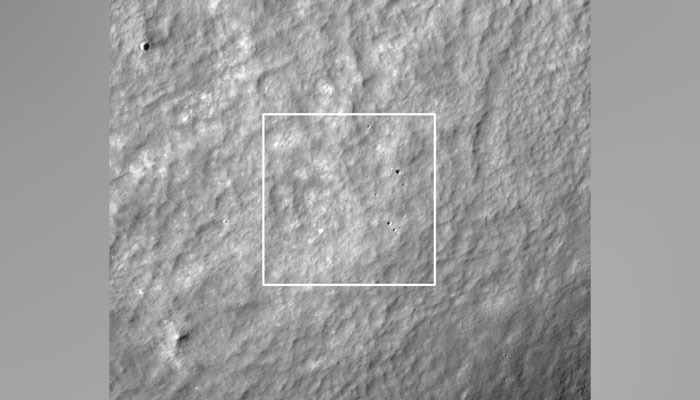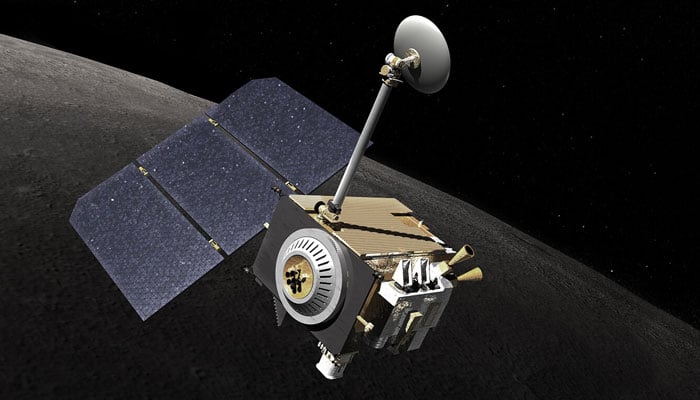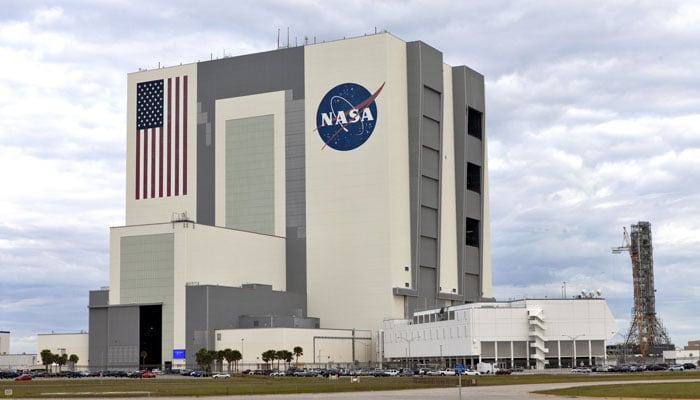Nasa finds evidence of Japanese lunar lander's crash on moon
Nasa’s orbiter shows "four prominent pieces of debris" and several changes in the lunar surface
May 25, 2023

In a major development, Nasa has found evidence of the hard landing of the Japanese lunar lander HAKUTO-R Mission 1, which crashed on the moon's surface a month earlier, reported CBS News Wednesday.
The Japanese moon lander, designed by the company ispace, was launched on December 11, 2022, and was to land in the moon's Atlas crater on April 25.
The ispace team said in a news release that the "lander's descent speed rapidly increased as it approached the moon. It then lost contact with Mission Control."
"Based on this, it has been determined that there is a high probability that the lander eventually made a hard landing on the Moon's surface," the company said.
On April 26, Nasa’s Lunar Reconnaissance Orbiter, a robotic spacecraft orbiting around the moon with cameras provided topographic maps of the lunar surface, and captured 10 images around the landing site.

The 10 captured images and the one clicked before the landing helped scientists, operating the spacecraft, begin to look for the Japanese lander in a 28-by-25-mile region.
The team identified what NASA called "an unusual surface change" near where the lander was supposed to end up.
The photo by Nasa’s orbiter shows "four prominent pieces of debris" and several changes in the lunar surface, including some changes that could indicate a small crater or pieces of the lander.
In a statement, Nasa said, "the photos are just the first step in the process. The site will be further analysed over the coming months."
According to the US space agency, the orbiter will make further observations of the site in different lighting conditions and from other angles.
Despite the crash, the company ispace is eyeing to launch further moon probes.

Takeshi Hakamada, founder and CEO of ispace, told CBS News before the failed launch that the company's goal is to help develop a lunar economy and create an infrastructure that will augment Nasa’s Artemis programme and make it easier to access the surface of the moon.
Under the company’s lunar mission, another lander is set to take another rover to the moon in 2024. The third mission is currently under preparation.
Hakamada said that if possible, the goal is to set "high-frequency transportation to the lunar surface to support scientific, exploration, and technology demonstration missions."
"We are planning to offer frequent missions to the surface. After 2025, we plan to offer two to three missions per year," said the CEO.











